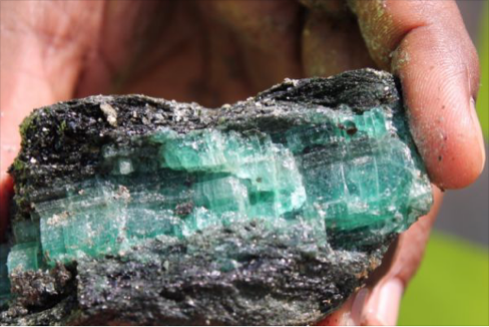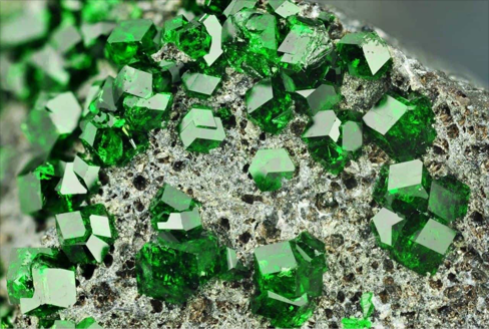
Today the production of emeralds in the country is approximately 700,000 carats, which has created challenges for the industry, according to the producers.
Aprecol, Fedesmeraldas and Acodes explain what the project for the protection of the production of precious stones in Colombia consists of. They ensure that those who do not have the seal will be able to continue marketing the gems.
A project to obtain the granting of protection of the denomination of origin of the Colombian emerald, has been promoting for several years the guild of precious stone producers in the country
The Association of Colombian Emerald Producers (Aprecol), in conjunction with Fedesmeraldas and the Association of Emerald Exporters (Acodes), has expressed interest in protecting the reputation of the national emerald, which has been attacked by producers such as Brazil, Zambia and Ethiopia.
According to these associations, Brazil, Zambia and Ethiopia argue that their emeralds have characteristics similar to those of Colombia, in a clear exercise of unfair competition .
Aprecol, Fedesmeraldas and Acodes point out that with the denomination of origin seal they will be able to promote the exceptional and unique qualities of the Colombian stone, allowing to recover the space that has been lost in the international market.

Boyaca emeralds are considered the best quality in the world.
“However, contrary to the request made from Aprecol to the Superintendency of Industry and Commerce, there are different myths that have generated noise in the mining community of the different regions in the country that are dedicated to the exploitation of emeralds, managing to question the true reasons for requesting that this property of the State obtain the protection of appellation of origin in order to regain strength in the market, a situation that would lead to improving the current conditions of all those who belong to the production chain of this product, which has been affected in recent years “, they explained in the union.
The producers argue that, historically in the 1990s, the Colombian emerald had a production run of an average of 6 million carats, continuing until 1998 to produce 9.8 million carats.
At the beginning of the new millennium it had its maximum peak and in 2004 it reached almost 10 million carats. However, today the production of this mineral in the country is approximately 700,000 carats, which has generated challenges for the industry, due to the low levels of revenue from registered sales that directly affect the producing municipalities, since they do not get the respective royalty income.
“This situation has been generated due to the low production of emeralds, since there are barriers that exist at the municipal level, making it difficult for companies to enter to market them; additionally, only 6% of the emerald exploitation areas have authorization from land use planning schemes to allow mining activities to use the land. In addition to the above, in 2008 Colombia dominated the market with a production close to 4 million carats, however, by 2009, Zambia, an African country, produced 34 million carats, that is, eleven times more than Colombia , a trend that has been maintained over the years ”, assured the producers.
They added that, faced with the loss of competitiveness in production, the loss of participation in the international market and the appearance of fierce unfair competition from other countries, the designation of origin arises as a very useful protection and promotion tool for exports of the precious Colombian emerald.

“From Aprecol we are looking to regain the reputation of the Colombian emerald, both internationally and nationally. It is an initiative that we take, but in which those who are interested can participate. Our interest at no time is to hinder the production of the emerald or create a monopoly as they have been saying, on the contrary, what we want is for the production chain to take the strength it had in the 90s and improve the numbers in the international market, which will be of great benefit to miners, marketers, exporters and municipalities, ”stressed Edwin Molina, president of Aprecol, a member of Fedesmeraldas, a union that groups together producers, marketers and exporters of Colombian emeralds.